Animal play is more than just fun; it’s a critical part of their growth and survival in the wild. From lion cubs pouncing on each other to dolphin calves leaping through the waves, playful behaviors serve important purposes. Whether it’s learning how to hunt, developing social skills, or mastering coordination, play prepares animals for the challenges of their environment. By observing these activities, we gain valuable insights into how animals adapt and thrive in their natural habitats.
Lion Cubs
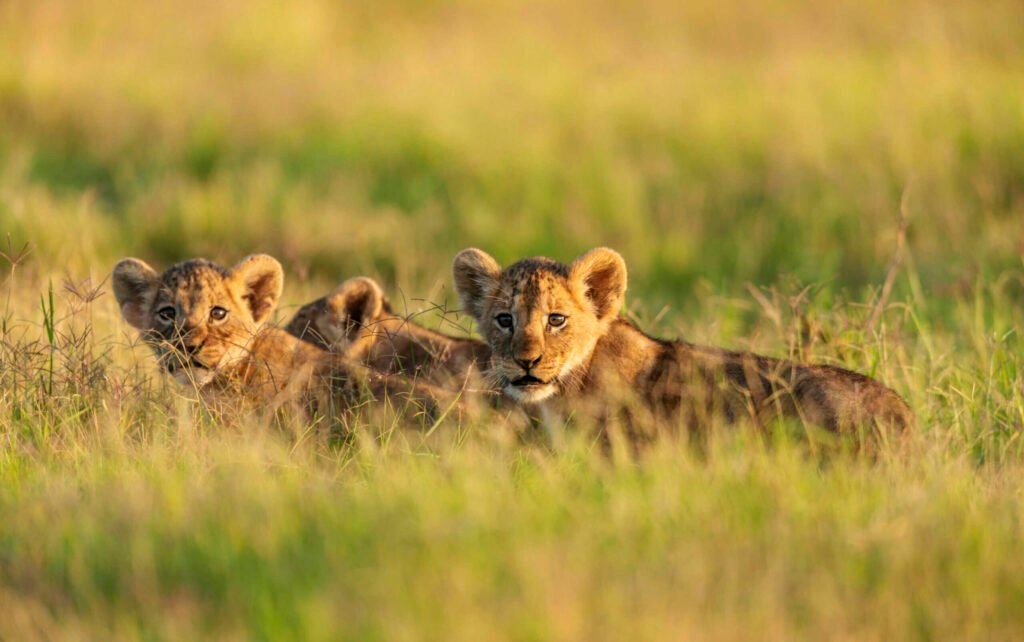
In the African savanna, lion cubs are often seen pouncing on each other. This playful behavior helps them develop the skills needed for hunting as adults. By engaging in mock stalking and chasing, they build strength and coordination.
Climbing and Pouncing
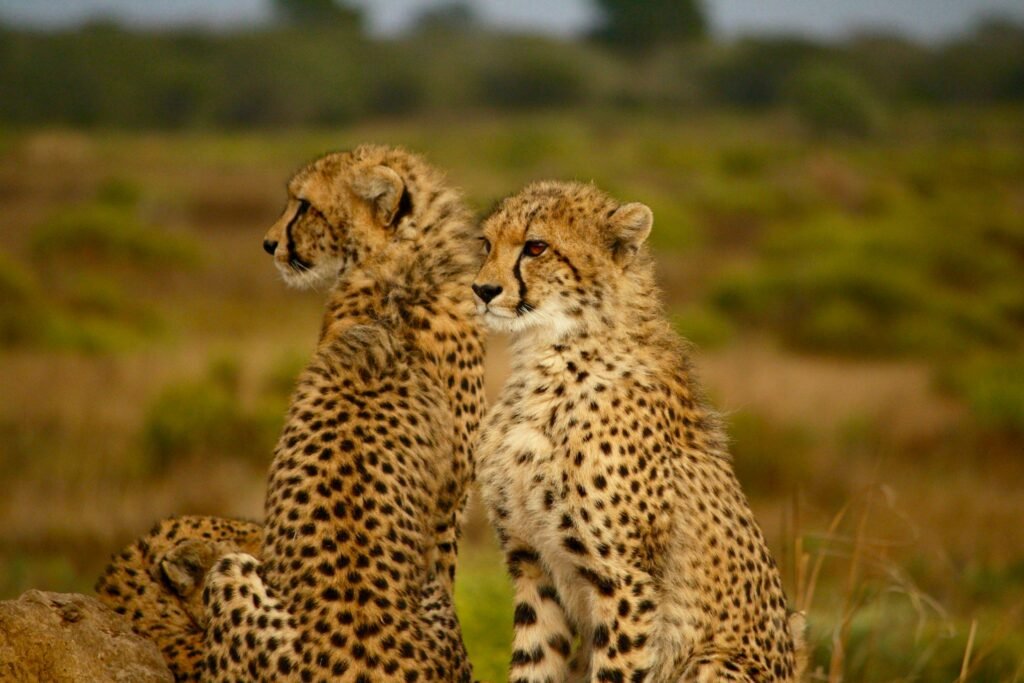
Young leopards spend time climbing trees and pouncing on siblings. These activities enhance their agility and teach them how to ambush prey. Such play is crucial for their solitary hunting lifestyle.
Social Skills and Coordination
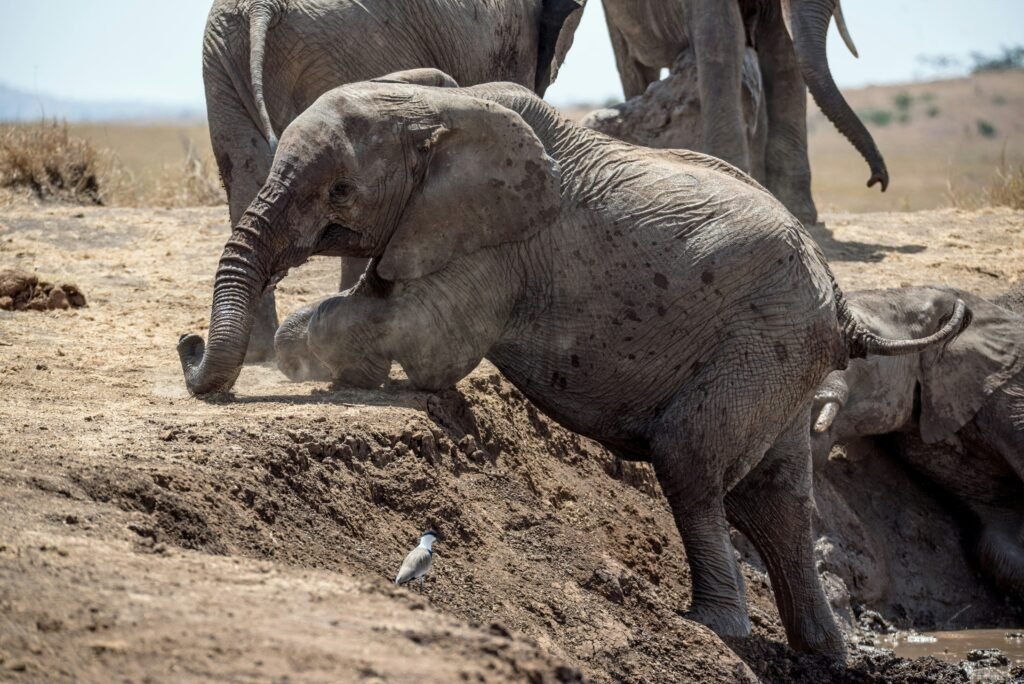
Elephant calves are known to engage in playful behaviors such as trunk wrestling and mock charges. These activities help them develop social skills and physical coordination. Through play, they learn the complexities of herd dynamics.
Speed and Agility

Impala fawns often engage in high-energy play, leaping and chasing each other. This behavior enhances their speed and agility, crucial for evading predators. Play prepares them for the swift reactions needed in the wild.
Problem-Solving and Tool Use

Young chimpanzees play with sticks and stones, mimicking adult behaviors. This exploration aids in developing problem-solving abilities and understanding tool use. Such cognitive play is vital for their survival strategies.
Communication and Coordination

Dolphin calves engage in playful activities like leaping and synchronized swimming. These behaviors improve their communication skills and group coordination. Play is essential for their complex social structures.
Foraging and Defense

Bear cubs wrestle and climb under the watchful eye of their mother. These playful actions teach them foraging techniques and self-defense. Through play, they gain the skills necessary for independent survival.
Hierarchy and Hunting Skills
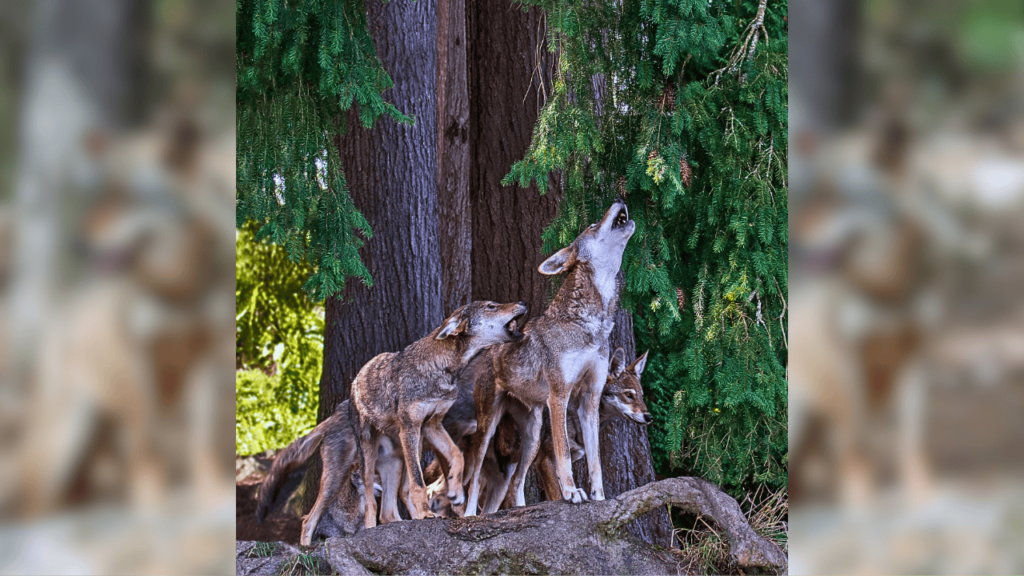
Wolf pups participate in games that mimic hunting and establish social hierarchies. These interactions are crucial for learning pack roles and cooperative behaviors. Play ensures they function effectively within the pack structure.
Balance and Combat
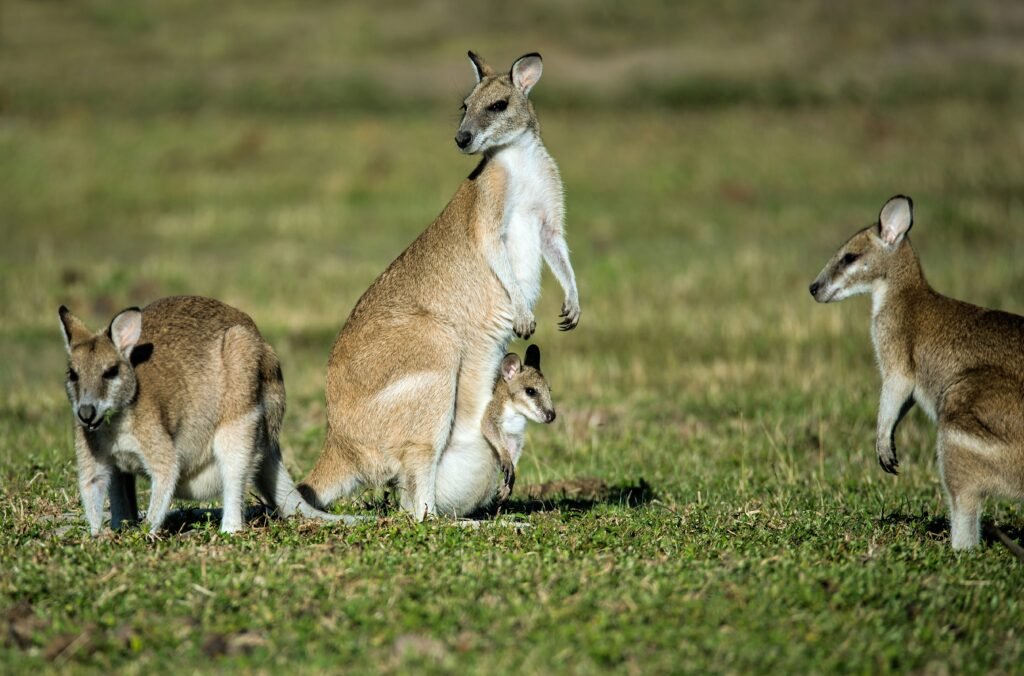
Kangaroo joeys often engage in boxing and hopping games. This play develops their balance and prepares them for adult behaviors, including combat and mating rituals. Such activities are essential for their development in the wild.



